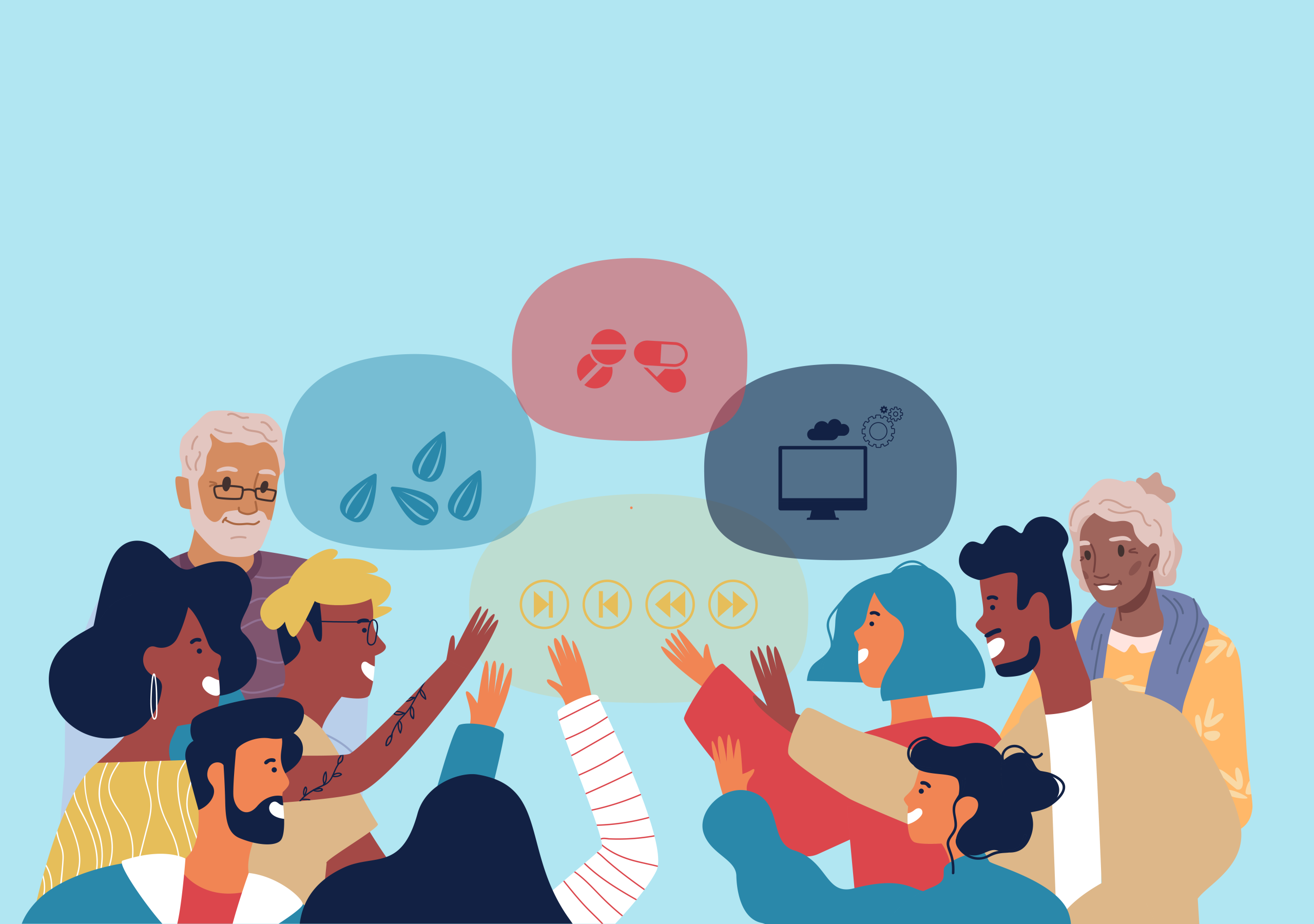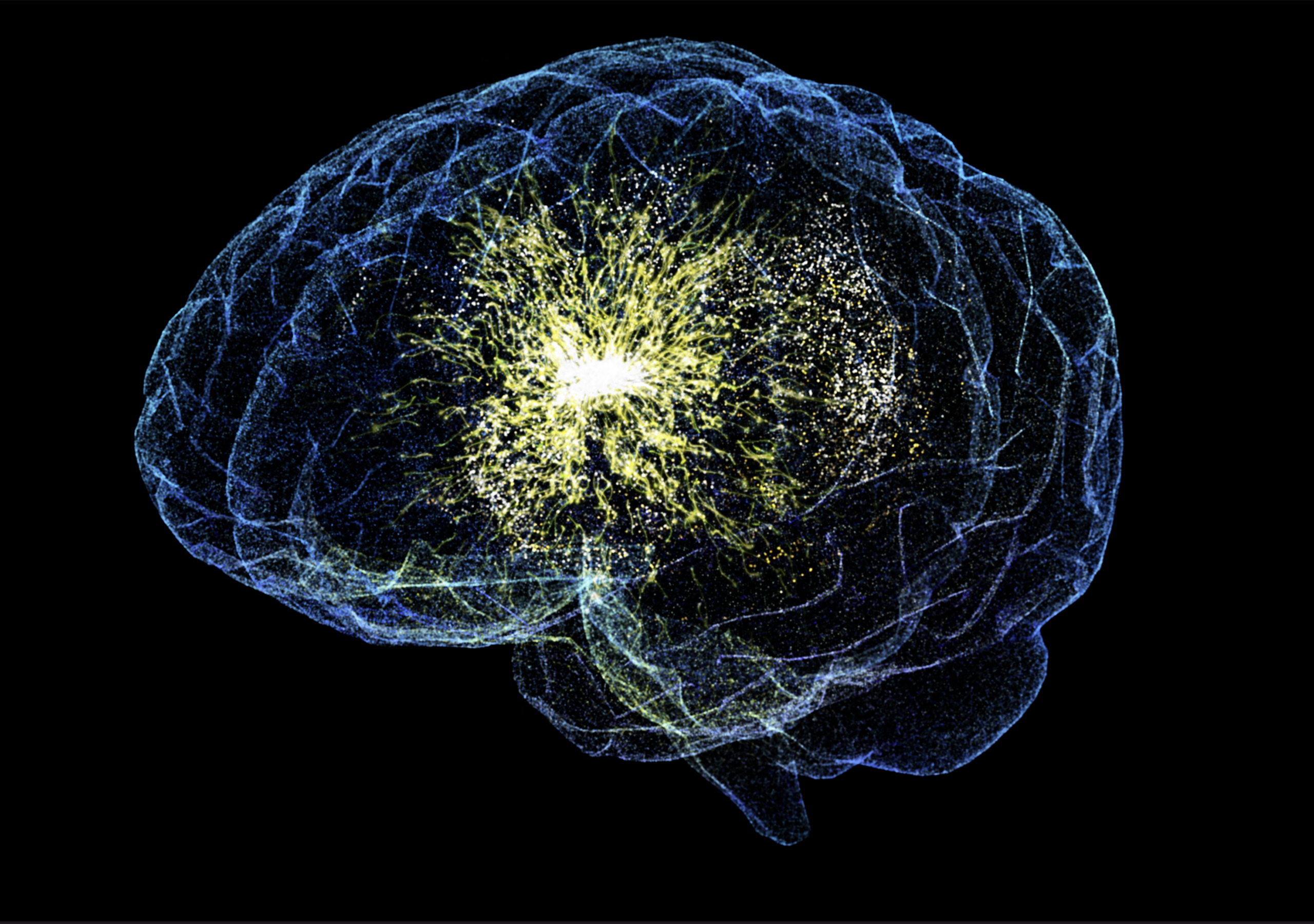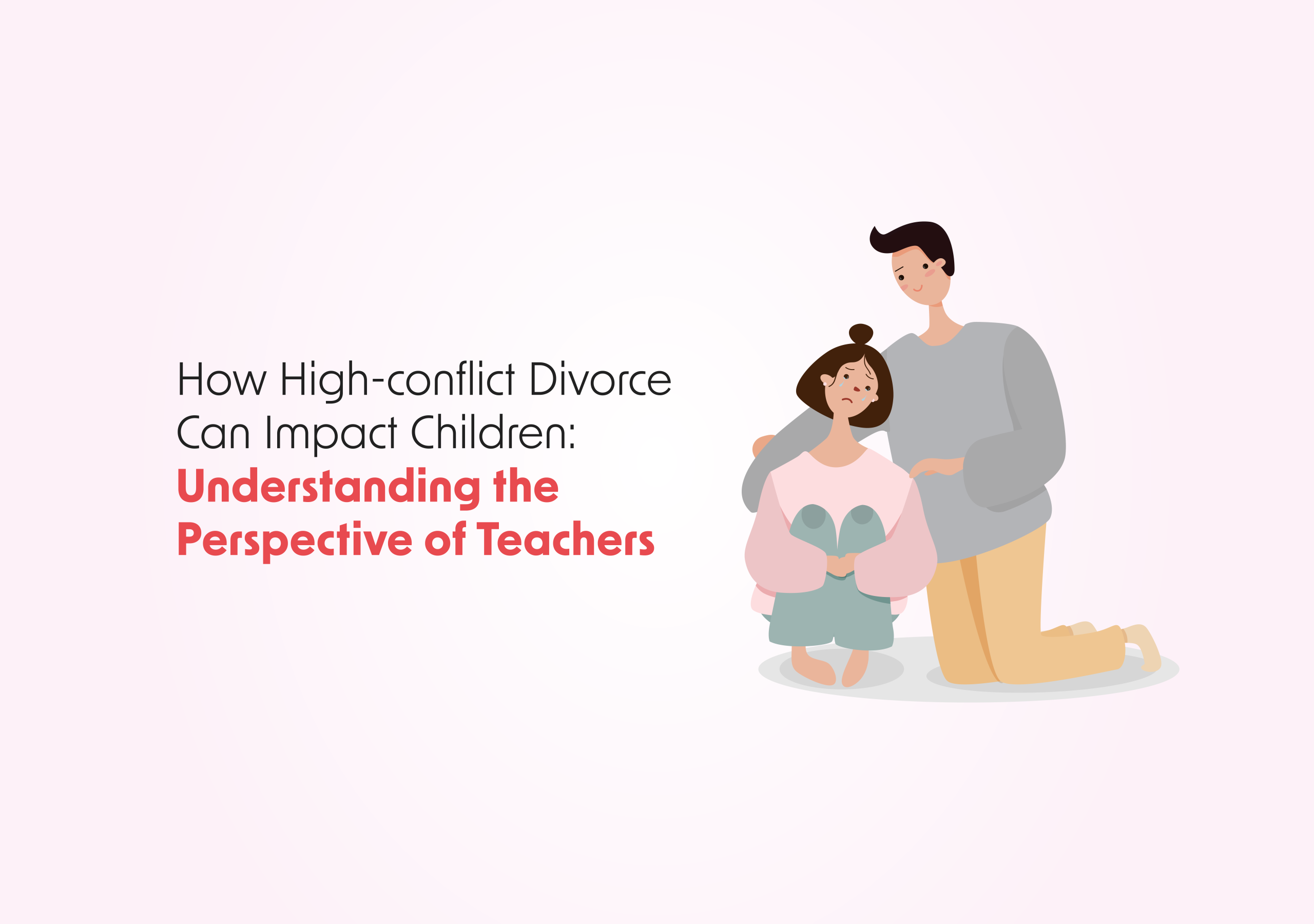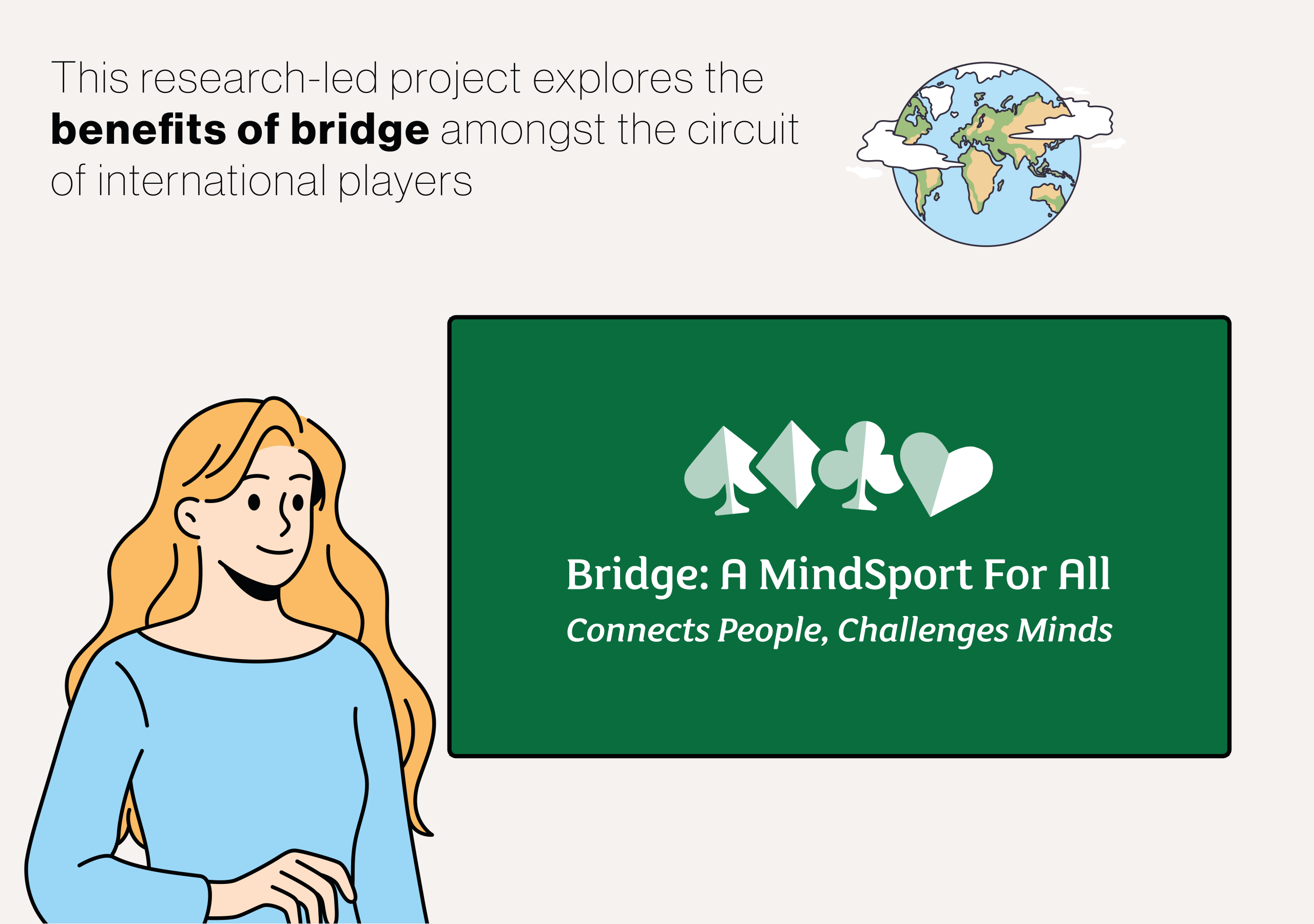In early 2020, the world changed almost overnight. As COVID-19 swept across the world, homes were repurposed as schools, playgrounds and classrooms were abandoned, and family routines changed utterly or vanished. People were forced to adapt to remote working, many lost their jobs, and a significant proportion of us experienced anxiety about the virus that had turned the world upside down. However, amid this pandemonium, one group of people was especially vulnerable: children. We often think of childhood as a carefree time, protected from responsibilities, worries and burdens. However, the pandemic shattered this illusion. For many children, it caused confusion, isolation, and fear. Recognizing the need to understand this impact, Dr. Carlos Lastra and his team of researchers at Saint Peter’s University Hospital in New Jersey, undertook an essential study: assessing how the pandemic affected anxiety levels in children and adolescents. More
Anxiety is a normal part of the human experience. It’s our body’s alarm system, an emotional response to perceived threats. But when anxiety becomes chronic, intense, or irrational, it can interfere with daily life. In adults, this might manifest as panic attacks, avoidance, or insomnia. In children, the signs can be harder to spot. They can include trouble sleeping, unexplained stomach aches, irritability, clinginess, or withdrawal from friends and activities.
The study led by Dr. Lastra used a tool called the SCARED questionnaire, short for “Screen for Child Anxiety Related Emotional Disorders”, to assess these different types of anxiety in children aged 8 to 17. The SCARED questionnaire is a validated and widely used measure in pediatric psychology that allows researchers to quantify symptoms and identify children who may be at risk for anxiety disorders.
The results of the study were concerning. Nearly 30% of children reported constant worrying, trouble relaxing, and fears that bad things would happen, even when there was no immediate threat. This suggests that uncertainty, media coverage, and disruptions in daily life may have had a profound psychological effect.
With schools closed and social events canceled, one might expect a decline in social anxiety. Instead, many children reported increased fear about social interactions, likely due to long-term isolation and a loss of social practice. When asked to imagine returning to school or social settings, some children described feelings of panic or dread.
Younger children in particular expressed intense distress at the thought of being apart from their parents. With the constant media emphasis on illness and death, many feared that if they were separated, even briefly, something terrible might happen.
Girls were significantly more likely than boys to report high levels of anxiety, which is consistent with broader trends in mental health research. Teenagers showed higher levels of generalized and social anxiety, likely due to their greater awareness of the pandemic’s implications and disruptions to pivotal life events, such as graduations, sports, college applications, and peer relationships.
So, why did anxiety spike during the pandemic? To understand the roots of these troubling trends, Dr. Lastra looked beyond surface-level explanations. The pandemic was not just a public health crisis; it was a social and emotional earthquake that shook nearly every aspect of children’s lives.
Children thrive on predictability. School schedules, extracurricular activities, and bedtime routines provide a sense of safety. The abrupt shift to remote learning and home confinement dismantled that structure almost overnight and the resulting loss of routine was disruptive and anxiety provoking.
Children also absorb the emotional energy of their environment. When parents were stressed and overwhelmed, by job loss, illness, or the stress of caregiving, it often trickled down to the child, even if not explicitly discussed.
Isolation also played a role. Friendships are essential for emotional development, especially during adolescence. Long stretches of physical separation from peers created feelings of loneliness and alienation. In addition, constant news about death tolls, overwhelmed hospitals, and global instability led some children to fear that the world was no longer safe.
In short, the researchers found that children were caught in a perfect storm of fear, confusion, and emotional disconnection, a storm that often went unnoticed by adults focused on their own pandemic stress.
What makes Dr. Lastra‘s work critical is not just the data his team collected, but the urgency of their message: we must act now to address this mental health crisis among children.
The study findings suggest that many children may continue to struggle even after schools have reopened and vaccines have become widespread. Mental health doesn’t rebound as quickly as the economy or test scores, and poor mental health can linger. For children whose emotional development was disrupted at a key stage, the effects could be long-lasting.
The researchers argue that screening tools such as the SCARED questionnaire should be implemented more widely in schools, pediatric clinics, and community programs. Teachers, counselors, and parents should be trained to recognize the early signs of anxiety, and resources must be available to provide timely support.
Crucially, the researchers emphasize that mental health care for children is not a luxury but rather a necessity. Ignoring these issues now could result in a wave of long-term emotional difficulties, academic struggles, and even physical health problems later in life. Happily, anxiety is treatable. With proper intervention, children can learn coping skills, reframe negative thoughts, and rebuild a sense of security.
Activities and initiatives that could help include school-based mental health programs that offer counseling and social-emotional learning. Informing parents about these issues could help them to support their children and manage their own stress. Increased access to child psychologists and therapists, especially in underserved communities is also important, while public awareness campaigns could reduce the stigma of anxiety and mental health treatment.
However, the most important message is also the simplest, and this involves listening to children. This could include asking how they’re feeling, validating their fears and giving them space to talk, even if they don’t always have the words.
The COVID-19 pandemic changed the world. We may never return to exactly how things were before, but we can choose to emerge from this crisis with greater empathy and awareness. Thanks to the work of researchers such as Dr. Carlos Lastra and his team, we now have a clearer picture of how deeply the pandemic affected our children’s mental health. Their study is a call to action and a reminder that healing must include not just physical recovery, but emotional restoration as well.







